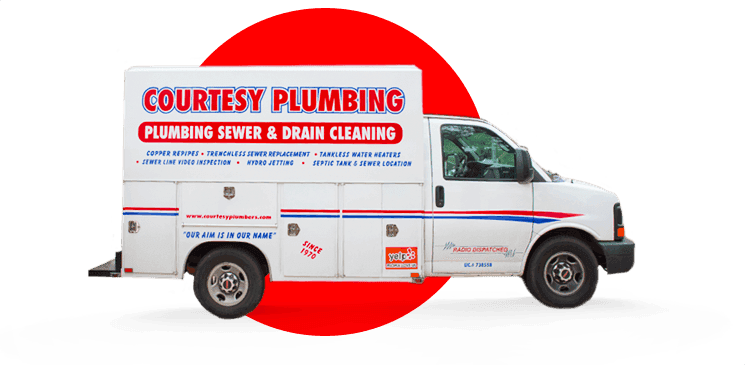Summertime is the best time of year to perform some leak detection. The warmest time of the year just so happens to coincide with the driest part of the year for many parts of the country, making the case for conservation. Plumbing leaks are one of the most common plumbing problems. Proactive leak detection is the best mode of defense against plumbing leaks and water waste.
#1 Toilet Leaks
Toilets are a huge source for plumbing leaks. The problem with toilet leaks is they often go ignored. Running toilets, and self-flushing or phantom flushing are common examples of a plumbing leak. They are the result of the parts inside the toilet wearing down over time. To check for plumbing leaks:
- Inspect the grommet at the bottom for any tears
- Inspect the base of the tank and around the bowl for any cracks
- Put some food coloring in the tank to see if water leaks into the bowl without being flushed
- Listen for phantom flushes or the sound of running water
Many times, to fix a plumbing leak around the toilet, it is a simple fix like replacing the flapper. It is important to perform regular leak detection to ensure your toilet isn’t wasting water.
#2 Tub or Shower
Plumbing leaks are not only problematic for water waste but can also be the cause of damage and mold. Which is another reason why proactive leak detection is a must. Check seal around the tub and shower to ensure that there is no damage. You should also check for any loose tiles. Loose tiles create a pocket where water can get where it does not belong, behind the wall. This can lead to a mold problem which is a health hazard and an expensive fix. Aside from checking the physical condition of your tub and shower, you should also inspect your faucets and shower heads. Make sure there are no drips or excessive corrosion.
#3 Water Heater
Water heaters can be quite problematic when it comes to plumbing leaks. Most water heaters are designed to last 10-15 years. The older the water heater the greater the chance of a plumbing leak. Inspect around the tank for any unexplained puddles of water, or signs or sediment buildup on the outside of the tank. In addition, you should also listen for any loud banging sounds. This could indicate excessive sediment buildup inside the tank, which can cause can cause a rupture and a major plumbing leak.
#4 Check for Weaknesses
One of the most dangerous plumbing leaks are hidden leaks. Plumbing leaks behind walls, or under floors. These can be some of the hardest plumbing leaks to detect, which means they can also cause the most damage. Check for soggy or wet spots on floors and walls. You should also make yourself accustomed to the sound of running water. Any unexplained puddles on the floor or soggy patches of wall could indicate a leak. Another sign of a hidden leak is an unexpected hike in your water bill. If you suspect a hidden leak, call your plumber right away to perform leak detection.
Plumbing technology has advanced so that leaks can be detected without opening up the walls. This makes for more thorough, and efficient leak detection service. Suspect a leak? Contact Courtesy Plumbing today!



